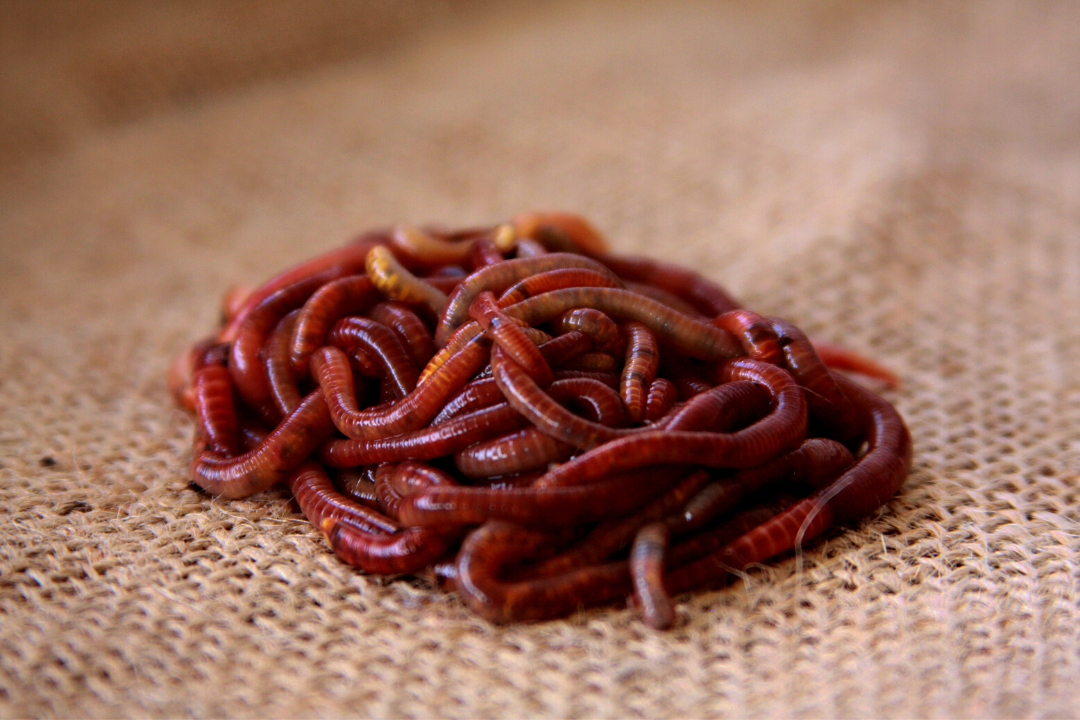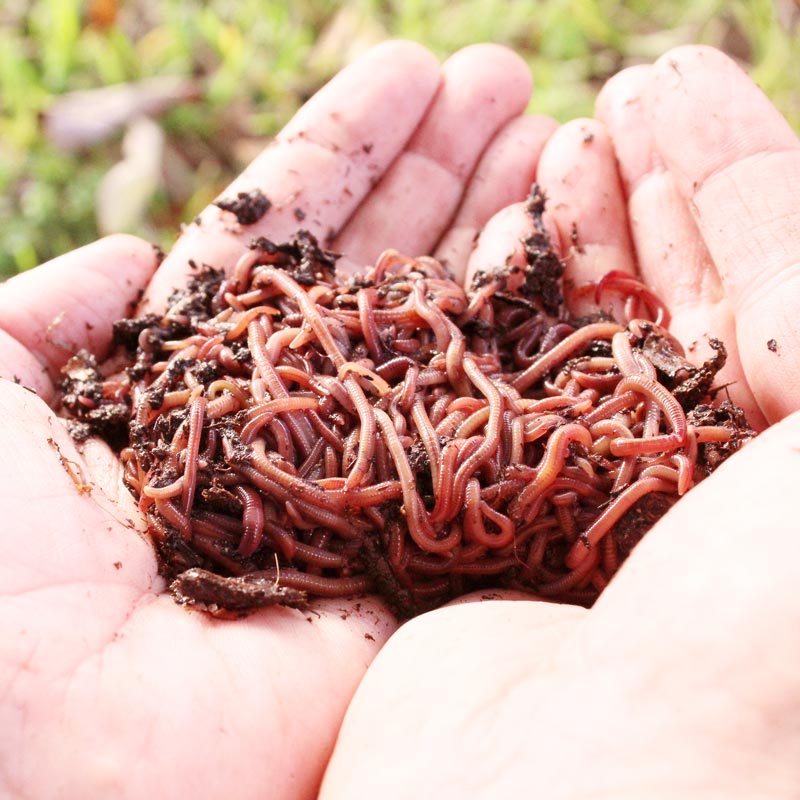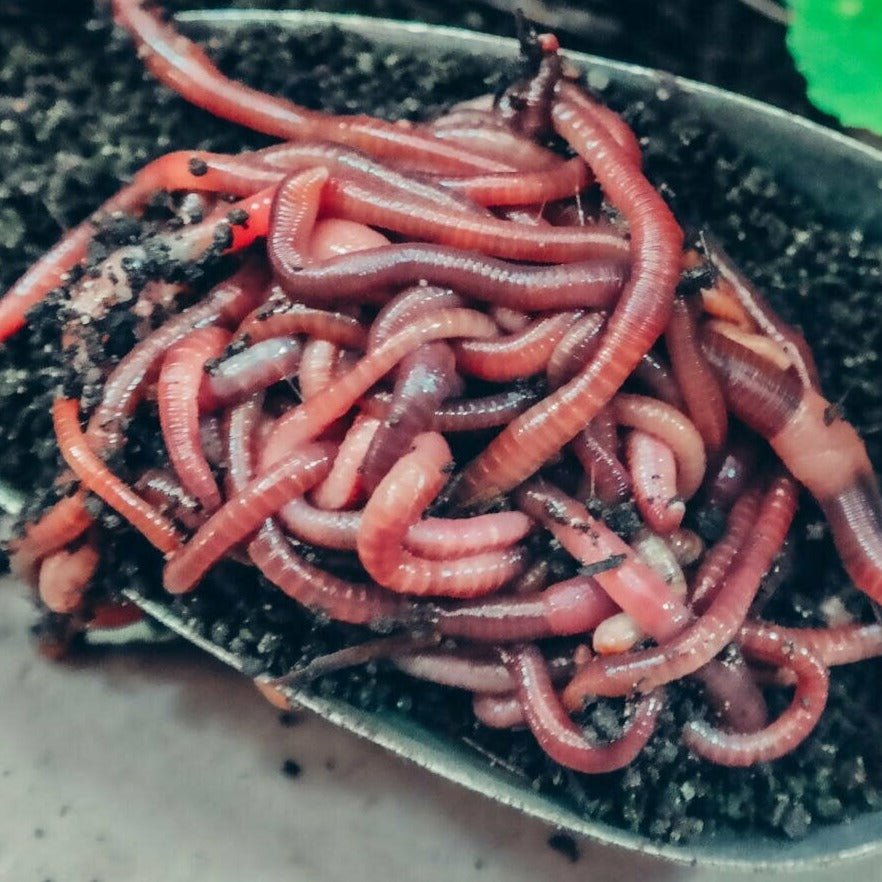Open the Tricks of Red Wigglers: Your Guide to Composting Success
The integration of red wigglers into composting techniques provides a considerable possibility for enhancing dirt health and promoting sustainability. Recognizing their needs and behaviors is important for enhancing their capacity, from setting up an appropriate worm bin to feeding them the appropriate products.

What Are Red Wigglers?
(Red Wiggler Express)Red wigglers, medically referred to as Eisenia fetida, are a species of earthworm primarily made use of in composting as a result of their amazing capacity to decompose natural matter successfully. These worms are identified by their reddish-brown coloration and a fractional body, usually measuring in between 3 to 4 inches in length. Unlike various other earthworm species, red wigglers prosper in rich, natural environments, making them excellent for vermicomposting systems.
Belonging To The United States And copyright, they are typically located in rotting fallen leaves and compost heap, where they play an important duty in nutrient recycling. Their adaptation to residing in a wet, cardiovascular setting enables them to take in huge quantities of organic waste, damaging it down into nutrient-rich castings that boost dirt health and wellness.
Red wigglers recreate quickly, with a solitary worm qualified of generating numerous cocoons each week, each having multiple hatchlings. Understanding the biology and actions of red wigglers is important for maximizing their potential in composting applications.
Benefits of Using Red Wigglers
Utilizing the power of red wigglers in composting provides many benefits that improve soil health and wellness and promote sustainable waste management. These amazing organisms efficiently damage down raw material, changing cooking area scraps and backyard waste right into nutrient-rich vermicompost. This completed product is extremely useful for plant growth, as it improves soil framework, raises dampness retention, and improves nutrition availability.

(Red Wiggler Express)Furthermore, the presence of red wigglers in your composting system can accelerate the composting process, creating top quality garden compost in a portion of the time contrasted to typical techniques. The spreadings created by these worms are also bristling with helpful bacteria that further improve the soil ecosystem.
Establishing Your Worm Bin
Creating an effective worm bin is an uncomplicated process that can significantly improve your composting efforts. The very first step is choosing an ideal container. Worm containers can be made from plastic storage containers, wooden boxes, or readily available worm containers. Ensure the bin has ample drainage and ventilation holes to keep optimal wetness degrees and airflow.
Next, prepare the bed linen material, which offers as the worms' habitat. A mix of shredded newspaper, cardboard, and coconut coir works well, offering a comfortable atmosphere for the worms.

Feeding Your Red Wigglers
To make certain the health and efficiency of your red wigglers, it is necessary to give them with a balanced diet regimen that fulfills their dietary requirements. Red wigglers thrive on a varied range of organic products, which not only provide needed nutrients but additionally promote efficient composting.
Begin by incorporating cooking area scraps such as vegetable peels, fruit cores, and coffee premises. Prevent citrus fruits, onions, and garlic, as these can be detrimental to worm wellness. Additionally, present shredded paper, cardboard, and dry fallen leaves to create a well-aerated setting.
Feeding frequency must be kept track of; usually, worms can consume half their body weight in food weekly. It is critical to prevent overfeeding, as excess food can bring about unpleasant smells and attract bugs. A good method is to include food in percentages, permitting worms to process it before presenting much more.
Preserving dampness levels is likewise essential; the bed linen must be damp but not soaked. Last but not least, make sure to consistently check the temperature level and pH degrees of the container to ensure an ideal atmosphere for your red wigglers, inevitably enhancing their composting efficiency.
Harvesting and Using Compost
An effective composting procedure with red wigglers finishes in the rich, dark garden compost called vermicompost, which can dramatically boost dirt health and wellness and plant growth. Harvesting this nutrient-dense product typically takes place every 3 to six months, depending on the dimension of your system and the quantity of raw material being processed.
To collect, carefully separate the compost from the worms and any kind of undecomposed products. One effective approach entails moving the contents of the container away and adding fresh bed linens and food to the vacant space, urging the worms to move. After a few days, the garden compost can be accumulated from the opposite side.
It is important to make use of vermicompost correctly to optimize its advantages. By integrating vermicompost right navigate here into your gardening routine, you not only recycle natural waste but likewise develop a thriving environment that supports sustainable horticulture techniques.
Final Thought
In recap, red wigglers offer as exceptional allies in composting initiatives, transforming organic waste right into nutrient-rich vermicompost. By understanding the optimal problems for their environment, feeding needs, and garden compost harvesting strategies, garden enthusiasts can boost dirt health and wellness and advertise plant vitality.